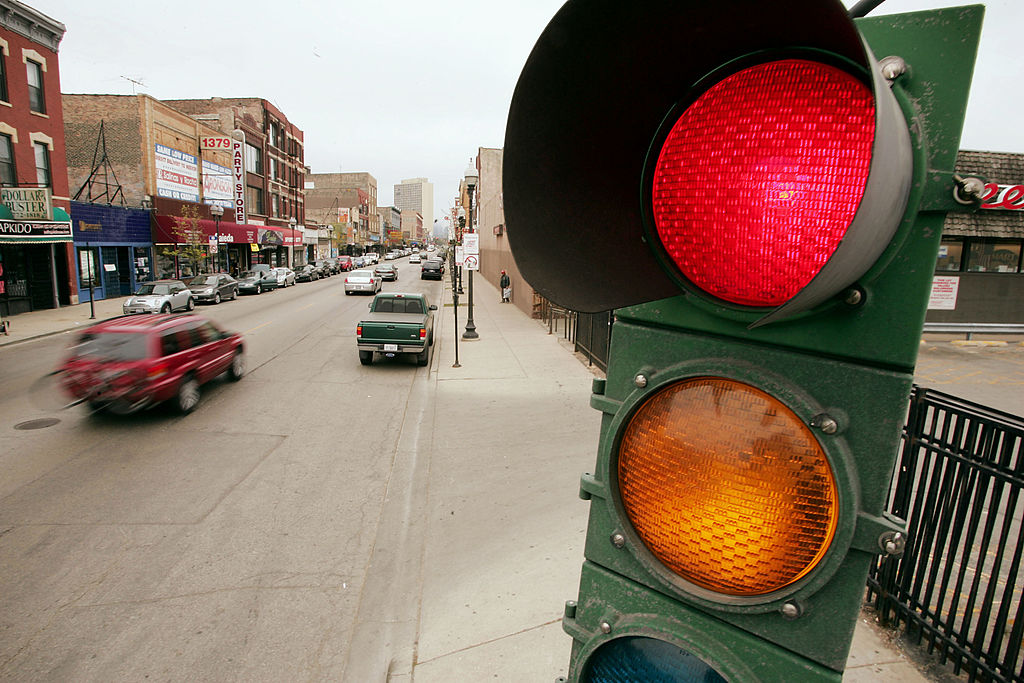
These Three Everyday Traffic Safety Devices Began on American Soil Over 100 Years Ago
The automobile industry remains at the heart of the American ideal. People across the country are enthusiastic about driving. Those of us that drive every day know that safety is important.
Whether you are a solo driver making the daily commute or in a jam-packed minivan on a family road trip, you care about the safety of everyone in your vehicle. It’s probably safe to say you care about the safety of others on the roads as well.
The U.S. has a long history of learning and adjusting according to the behavior of the people who live here. Traffic safety is just one example of some pretty inspired innovation. These three everyday traffic safety devices began on American soil over 100 years ago, and we still use them today.
The first center line stripe ever painted
The first dividing line painted down the center of an American road was done so in 1911, in Wayne County of Michigan. Michigan has long been a geographical hub for the auto manufacture industry, so it’s no surprise that a traffic law originated here.
The story goes that Edward Hines witnessed a close call in which a driver dangerously swerved into oncoming traffic. Hines thought of the dividing line and, as Wayne County Road Commissioner, ordered them painted on every road in Wayne County.
The county makes up for the metropolitan and surrounding areas of Detroit. That means as soon as this safety device was imagined it was enacted and lines were painted on a massive amount of roads. These lines obviously became a mainstream traffic safety device. In fact, if you drove today you most likely saw several of them. Thanks Hines!
The first electric traffic signal
On August 5, 1914, the first electric traffic signal debuted in Cleveland, Ohio. James Hoge, the inventor of this ingenious installment, received U.S. patent 1,251,666 for this “Municipal Traffic Control System” four years later.
The design was comprised of pairs of red and green lights which acted as signals for stop and go, respectively. The pairs of lights were then mounted on posts in the street corners of Euclid Avenue and East 105th Street. The system was designed to prevent conflicting signals and were wired to a switch inside a manually operated control booth.

The original “no left turn” sign
Another traffic safety device hit the early American driving scene just a couple of years later. In 1916, The first sign indicating “no left turn” was erected in Buffalo, New York.
These are commonplace today, and keep drivers on city streets. These signs can also help prevent drivers from turning left onto a one-way road.
Road safety today
All three of these traffic safety devices still keep people safe on a daily basis. Over 100 years ago, these systems began in America to help better protect the people. There, naturally, have been many more traffic safety inventions.
All three of these traffic safety inventions still influence drivers across the U.S. today. They were invented during a time when cars commonly shared the road not only with bicycles and pedestrians but horse-drawn buggies as well. It’s no wonder there was an influx of traffic safety devices.



